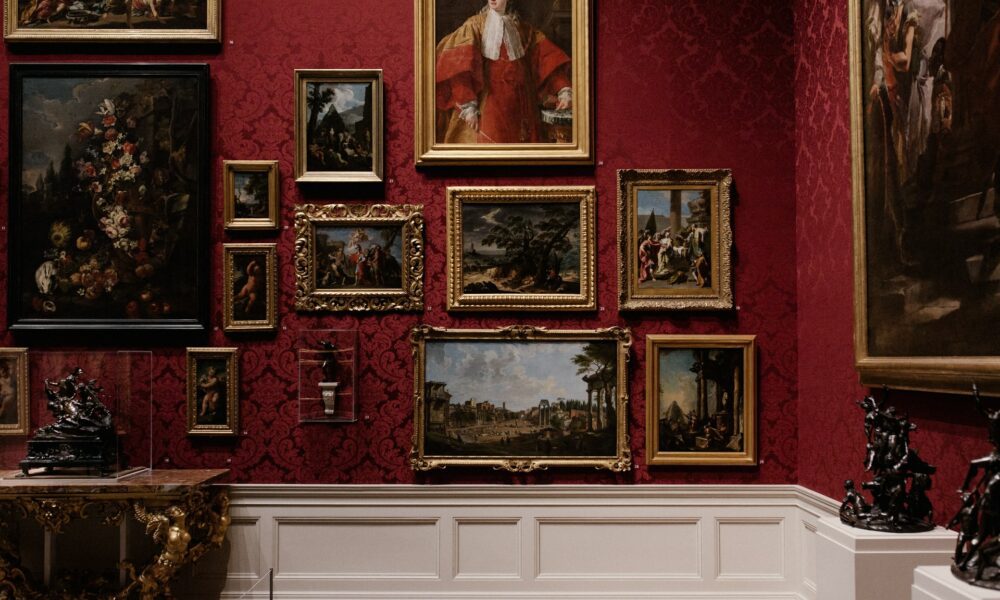Unifty is marrying DeFi and NFTs with the launch of The Gallery, an innovative exhibition space inspired by the platform’s desire to improve upon the traditional gallery-creator relationship. The Gallery’s unique approach to the NFT marketplace means that all participants, including creators, collectors, curators, and fans, are rewarded for engaging on the platform.
The Gallery is both a reimagining of the way creators traditionally showcase their art to the public as well as a reimagining of the NFT platform experience. Through The Gallery, Unifty is ushering decentralized finance (DeFi) into the digital art exhibition and viewing process by rewarding and involving all community participants: from creators, collectors, art lovers, to organizations.
Initially, creators will be able to hold exhibitions in The Gallery for 30 days. Through their NFT exhibitions, they have the opportunity to sell their work, but in a unique twist are guaranteed a yield from simply hosting visitors to their collections.
Collectors, similarly, can hold exhibitions of their NFT collections and earn a yield. Unifty community members who visit the exhibitions also earn from their participation as art lovers. Much like DeFi, the ecosystem rewards participants no matter what their role is on the platform.
The Gallery’s aim is to both rectify the inherent imbalances in the creator-gallery relationship and to elevate the experience of engaging in the NFT landscape through the use of DeFi-type incentives.
How does it work?
Unifty is leveraging its dual-token structure to reward all participants in its ecosystem. $NIF tokens are the platform’s governance token. Holders of $NIF are able to vote on which creators or collectors are chosen to exhibit in The Gallery and vote more generally on the direction of the platform.
Token holders can also stake $NIF to those exhibitions they like. By staking $NIF, community members share earnings in the yield that the exhibition to which they stake generates. That yield is determined by a number of factors, including the agreed market value of the NFTs exhibited, the reputation of the creator, the number of $NIF tokens staked to it, and the number of individual stakers.
Rewards are paid out in Unifty’s reward token, $UNT. The $UNT that is farmed from a particular exhibition in The Gallery is paid out to the exhibitor – whether a collector or a creator – and those fans who staked $NIF to it.
Unifty, in this way, hopes to enhance the world of NFTs through instruments more commonly found in DeFi. Not only do creators get fairly rewarded for their work, through sales and/or through simply exhibiting it, but those who believe in and appreciate their work also earn a yield by staking their loyalty to the work they like, via $NIF tokens.
Unifty’s unique staking and rewarding system promises to enhance the digital art experience by engaging all participants through DeFi incentive and engagement mechanisms.
The Gallery launches on December 9th, 2021.
ABOUT UNIFTY
Unifty is an NFT (non-fungible token) platform that is leveraging new innovations to marry the worlds of NFTs and decentralized finance (DeFi). Unifty’s flagship product, The Gallery, is a virtual gallery space where creators, collectors, and visitors come together to, respectively, exhibit and enjoy art. The company’s aim is to bring NFTs mainstream.
Unifty’s Gallery reimagines the gallery and exhibition experience by rewarding all participants in the creative economy. A curated platform, Unifty is the first of its kind to incentivize engagement by all participants through its dual crypto tokens, NIF and UNT. In doing so, the company is creating a Create2Earn (C2E) universe that values all stakeholders and strengthens the bonds between creators and their customers, community, and fans.
To learn more about Unifty, visit:
Official website: https://unifty.com
Gallery website: https://unifty.gallery
Twitter: https://twitter.com/unifty_com
Telegram Channel: https://t.me/unifty
Email: [email protected]
Disclaimer: This is a paid post and should not be treated as news/advice.


